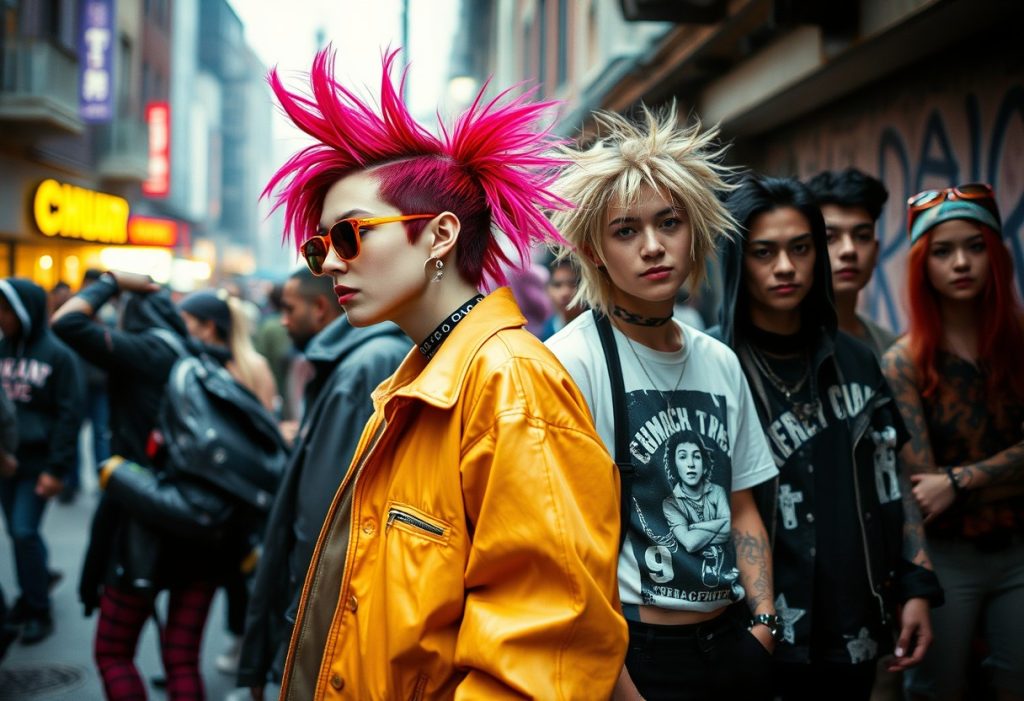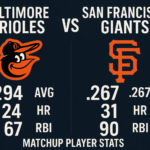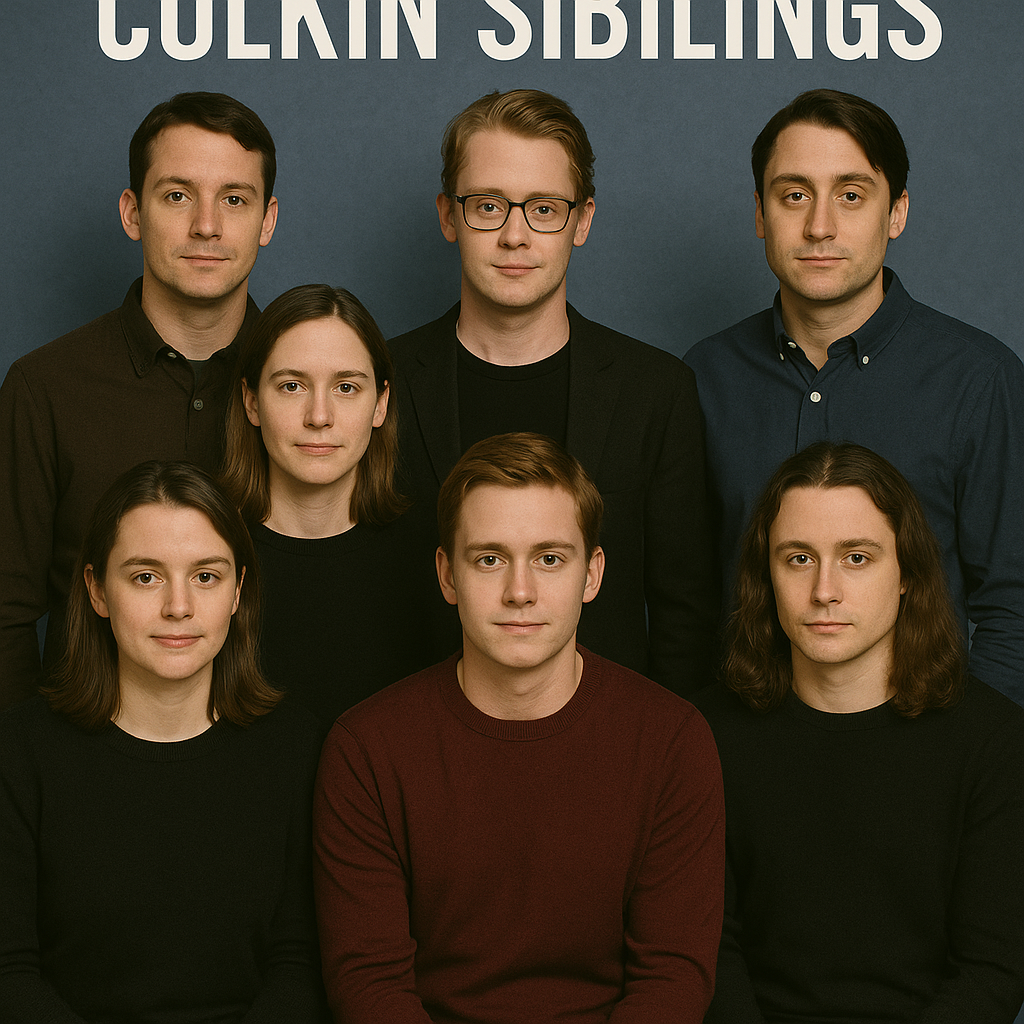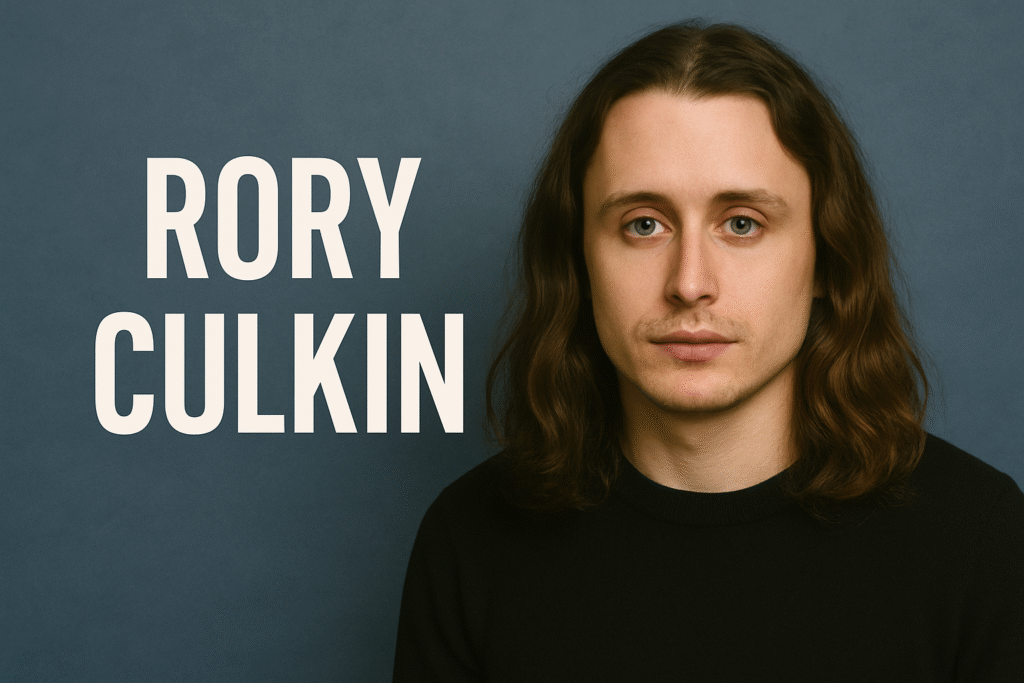Many people wonder if fashion punks and real punks are one and the same, often blurring the lines between style and subculture. In this post, you will explore the distinctive elements that define each category, examining the origins, values, and attitudes rooted in the punk movement compared to the modern fashion interpretation. Understanding these differences will provide you with a clearer perspective on how authenticity and commercialism coexist in today’s punk scene.
Defining Punk Culture
Your understanding of punk culture starts with exploring its foundational elements, which blend music, fashion, ideologies, and a spirit of rebellion. This culture has evolved over the decades, but its core remains rooted in a desire for authenticity and the rejection of mainstream norms.
Historical Origins of Punk
One pivotal moment in the historical origins of punk came in the 1970s, when bands like the Ramones and Sex Pistols emerged, reflecting societal discontent with political issues, economic instability, and a fading music scene. This era marked the birth of a countercultural movement that embraced DIY ethics, loud music, and a distinctive style.
The Evolution of Punk Subcultures
To understand punk, you must recognize how its subcultures have transformed over time, absorbing influences from various social movements and musical genres. From the original American and UK punk scenes, new forms emerged including pop-punk, hardcore, and even emo, showcasing the adaptability and diversity within the punk ethos.
Historical contexts influenced the evolution of these subcultures, leading to the rise of unique aesthetics and ideologies. As punk spread globally, local scenes flourished, each contributing distinctive sounds and styles while often retaining the rebellious spirit. From the street punk of the 1980s to today’s indie and alternative styles, the evolution of punk subcultures illustrates its ongoing relevance and appeal in youth culture.
Key Figures in Punk History
Evolution of punk culture is often attributed to key figures who defined and reshaped its landscape, such as Iggy Pop, Joan Jett, and staff like Malcolm McLaren, who played crucial roles in promoting punk ideologies and aesthetics. These personalities not only crafted memorable music but also inspired a generation of fans and aspiring artists to embrace nonconformity.
Defining influences of these key figures encompass both music and fashion, setting the tone for what it means to be punk. Their impact resonates through modern pop culture, as they not only challenged musical conventions but also inspired movements that champion individuality and social commentary. Through their work, you can gain a deeper insight into the spirit of punk and its lasting legacy in today’s society.
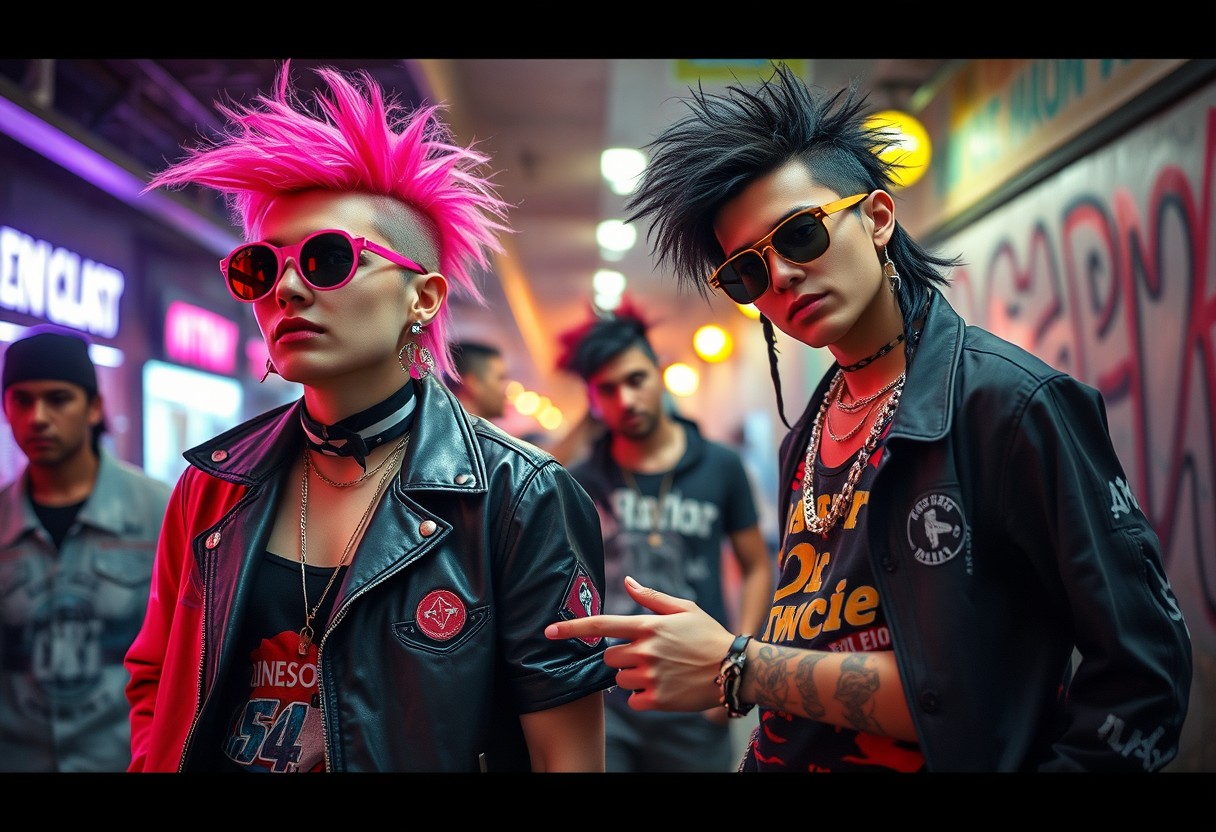
Fashion Punks vs. Real Punks
One of the most intriguing discussions in the fashion world is the distinction between fashion punks and real punks. While both share certain aesthetic attributes, their origins and meanings diverge significantly. To gain a deeper understanding, you might want to explore resources like Punk subculture.
Characteristics of Fashion Punks
Characteristics of fashion punks revolve around a curated style that prioritizes visual appeal over the subculture’s authentic roots. Often seen on runways and red carpets, their looks incorporate exaggerated elements like asymmetrical haircuts, bold colors, and distressed clothing, but they often lack the genuine DIY spirit that originally defined punk culture.
Defining Traits of Real Punks
Punks are characterized by their commitment to a countercultural ethos, rejecting conventional norms. They advocate for individuality and self-expression through a raw and often confrontational aesthetic, emphasizing authenticity over commercial appeal.
Defining these traits helps you understand the essence of real punks. They often embrace a do-it-yourself approach, crafting their clothes and aesthetic with a sense of rebellion and creativity. Real punks are also known for their political activism, using music, fashion, and art as platforms for social change, embodying a spirit that resists mainstream acceptance and commercialization.
The Influence of Commercialization
Real punks often critique the commercialization of their culture, which can dilute its original message. The once-rebellious aesthetics are sometimes co-opted for profit, stripping away the authenticity that’s vital to punk ideology.
Plus, this commercialization has led to a significant shift in how punk is perceived today. Brands may adopt punk elements for their collections, but this can create a disconnect between the clothing’s message and its commercial intentions. When you wear a fashion punk outfit, consider what it represents and how it aligns with the core values of authentic punk culture.
The Role of Aesthetics in Punk Identity
Once again, you find yourself delving into the visual world of punk culture, where aesthetics play a critical role in shaping identity. The clash of colors, styles, and symbols can convey a sense of belonging or rebellion, which challenges the norms of mainstream culture.
Fashion as a Form of Expression
The punk fashion scene is not just a trend; it is a profound means of expressing individualism. By adopting bold clothing, hairstyles, and accessories, you can articulate your values and beliefs, making a loud statement against conformity.
The Authenticity Debate
Expression within punk culture is often scrutinized for authenticity, leading to ongoing debates about who gets to claim the punk identity. Are you a true punk if your wardrobe is curated from high fashion labels rather than thrift shops?
Identity in punk culture pivots on the balance between personal expression and societal expectations. You may wonder if owning designer punk pieces undermines the rebellious ethos. Critics argue that authentic punk is rooted in DIY culture and anti-commercialism, which can create friction between fashion and true punk values. Straddling this line invites discussions about what it means to belong.
Symbols and Stereotypes in Punk Fashion
To understand punk fashion is to recognize the symbols and stereotypes that define it. Punks often utilize specific visuals that are laden with meaning, doing more than just dressing a certain way. They send a message about their resistance to mainstream society.
| Common Symbols | Their Significance |
| Leather Jackets | Sign of rebellion and toughness |
| Safety Pins | DIY ethos and a critique of consumerism |
| Colored Hair | Emphasis on individuality and defiance |
| Band T-shirts | Express loyalty to punk music and culture |
This visual language plays a significant role in how you perceive punk identity and helps you navigate your place within the community.
Fashion in punk culture reinforces certain stereotypes while subverting others, which is both complex and fascinating. You may be aware that not all who dress in punk fashion embody its principles, yet the style is often associated with particular traits. Here’s a glimpse into some common associations:
| Stereotype | Counter-argument |
| Angry and Violent | Punk as a movement for peace and liberation |
| Rebellious Youth | Punk culture includes people across all ages |
| Disregard for Society | Punks often critique society with thoughtful discourse |
| Anti-Establishment | Punk can also be a platform for change within structures |
This context highlights the multifaceted nature of punk identity, reminding you that while aesthetics are vital, they also come with their own baggage and interpretations.
Conclusion
With these considerations, you can discern that while fashion punks may adopt the aesthetics of real punks, the essence of punk culture often goes much deeper than clothing and style. Real punks embody a spirit of rebellion, anti-establishment ethos, and a commitment to authentic self-expression that transcends mere fashion. Understanding these distinctions allows you to appreciate the rich history of punk culture while navigating the often superficial realm of fashion. Ultimately, the two can coexist, yet their foundational principles remain starkly different.
Q: Are Fashion Punks and Real Punks the same in terms of lifestyle and beliefs?
A: While Fashion Punks and Real Punks may share similar aesthetics in clothing and style, they often differ fundamentally in terms of lifestyle and beliefs. Real Punks typically embrace a DIY ethic, rejecting mainstream culture and commercialism, which is central to punk philosophy. They may actively engage in political activism, underground music scenes, and a counter-culture lifestyle. In contrast, Fashion Punks may adopt punk style as a fashion statement without delving into the underlying principles, social issues, or the rebellious mindset that characterize true punk culture.
Q: Is the punk fashion scene influenced by mainstream trends?
A: Yes, punk fashion has significantly influenced and been influenced by mainstream trends over the years. While the origins of punk fashion were rooted in rebellion and an anti-establishment attitude, many elements of punk style have been co-opted by mainstream fashion designers and brands. This commercialization can lead to a dilution of the true punk ethos, causing confusion between those who genuinely embody the punk spirit and those who simply wear the style as a fashion statement.
Q: Can someone be both a Fashion Punk and a Real Punk?
A: It is possible for someone to identify with both Fashion Punk and Real Punk elements, but it ultimately depends on their beliefs and actions. A person may appreciate punk fashion and enjoy its aesthetic while also understanding and respecting the core values of the punk movement, such as individuality and social consciousness. However, to truly embody the punk spirit, one would need to engage with the cultural and philosophical aspects of punk rather than merely adopting the style superficially. This balance between fashion and ideology is subjective and can vary widely among individuals.

